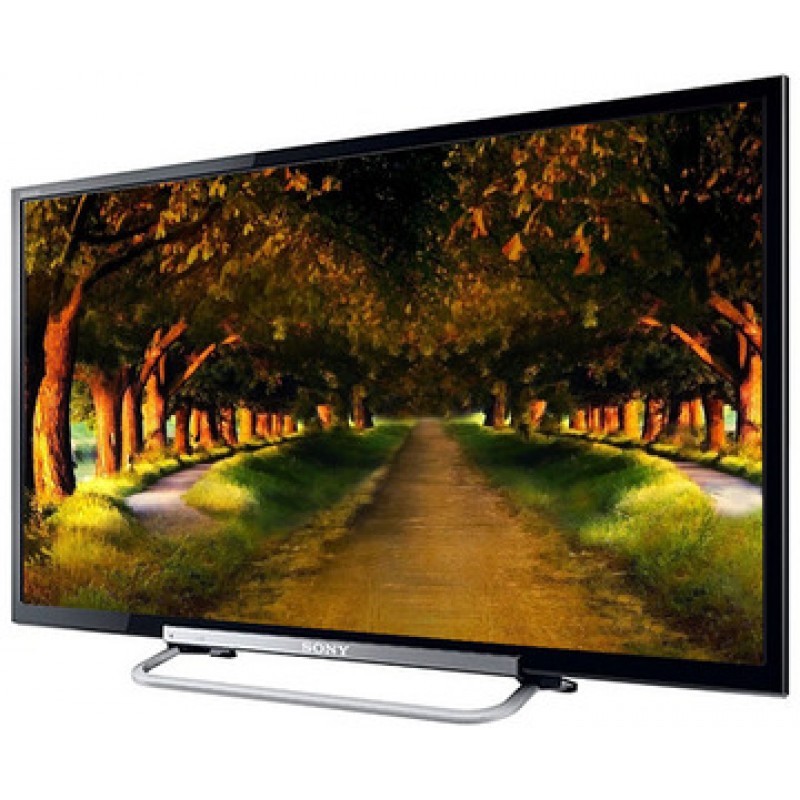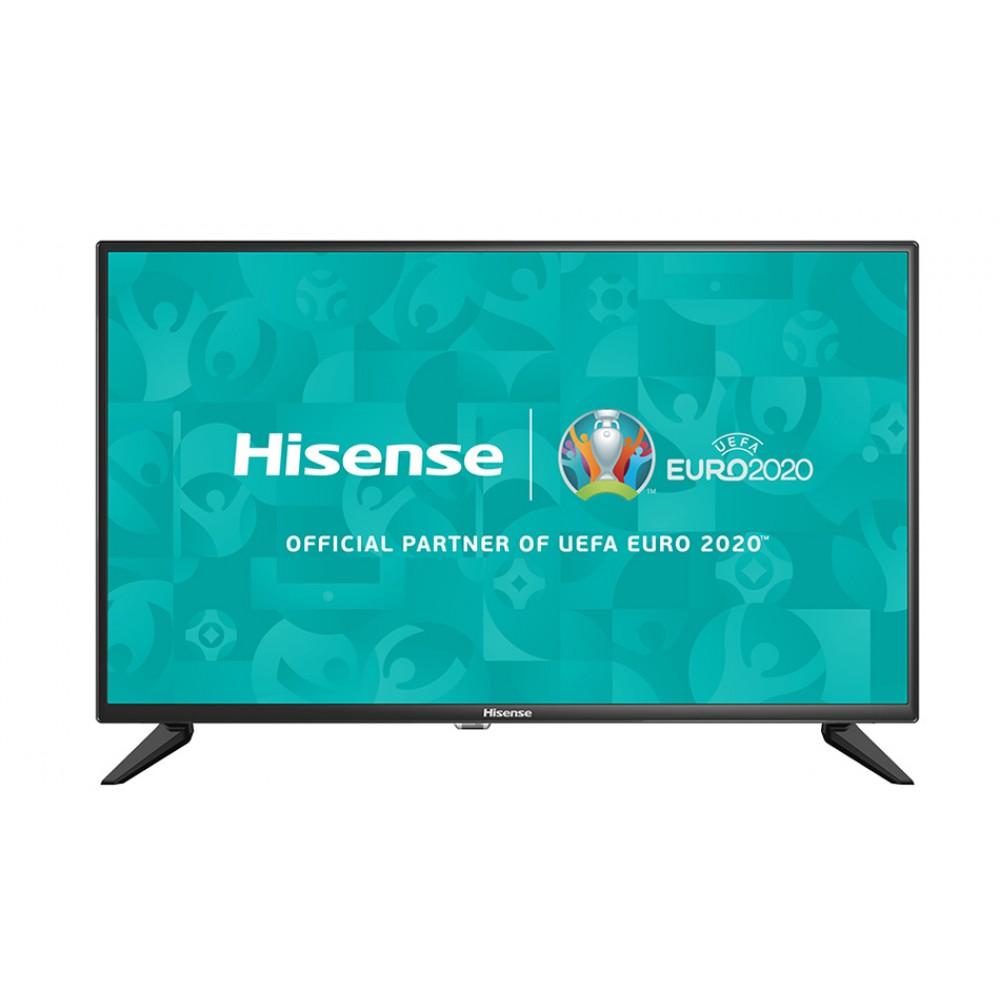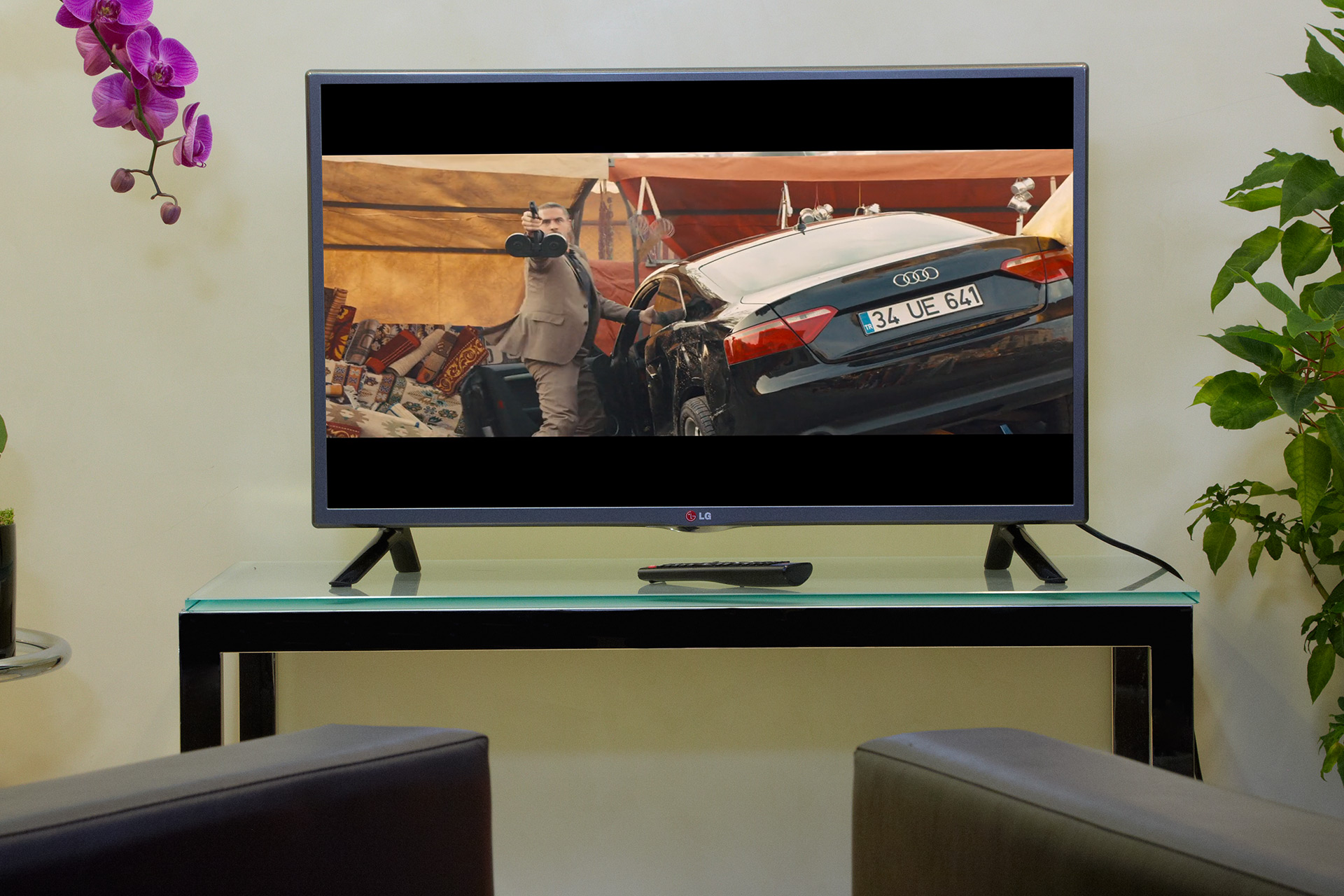
Sony XBR-65A8G 65 Inch TV: BRAVIA OLED 4K Ultra HD Smart TV
KSh 249,999.00
Key Features;
- OLED technology reveals stunningly real detail, depth, textures and color
- X-Reality Pro upscale images to near 4K clarity while reducing on screen noise
- Connect Alexa to your compatible Sony TV to stream
- High dynamic range
- Acoustic Surface technology
- TRILUMINOS Display
- Android TV with the Google Assistant built in; Alexa and Google Home compatible
Design
Although it shares the same birthplace as the panels found in LG’s B9 and C9 OLED TVs, Sony chose to encase that panel in a minimalist frame with a crescent-shaped stand. That gives it a slightly different look than the LG B9 OLED that uses a pedestal to hold the TV upright. The stand is reversible if you want a slightly different look and, in terms of cable management, you can string cords through the back of the legs of the TV, which should help to keep your entertainment center looking tidy.

Smart TV (Android 8.0 Oreo)
Like the A9G OLED, the step-down A8G uses Android Oreo – the latest version of Android TV that supports built-in Google Assistant and a familiar row-based design that helps separate Android TV from smart TV platforms like Tizen and webOS.
Each row is a visual representation of content inside an app. For example, the YouTube row will have recommended YouTube videos for you based on what you’ve watched previously. The same is true for the Netflix, Google Play Movies & TV and Play Music rows, too. This design makes finding new content relatively easy, but it can bury the library of apps which now requires a bit of scrolling to get to. Among the supported apps you’ll find Disney Plus, YouTube TV, Amazon Prime Video, Vudu, Crunchyroll, CBS All-Access, ESPN, Starz, HBO Now and many, many more. Buy the Sony XBR-65A8G 65 Inch TV: BRAVIA OLED 4K Ultra HD Smart TV Best price online from CELLULAR KENYA,Nairobi

4K/HDR Performance
That perceived uptick in brightness means that the A8G/AG8 looks great in both dark settings and light-splashed living rooms, and helps HDR content look more colorful and impactful. That said, Sony is fairly conservative when it comes to its color grading and tends to be less vibrant than other manufacturers. Based on its reference grade counterpart – Sony’s Pro OLED mastering monitor, the BVM-X300 – the A8G/AG8 produces natural-looking pictures right out of the box and can be really fine-tuned exactly how you like with Sony’s deep customization options. Image presets comprise Vivid, Standard, Cinema, Game, Custom, Graphics and Photo, with Standard being fairly versatile and applicable in most circumstances.

Sound
Like other OLEDs in the lineup, the A8G/AG8 uses Sony’s Acoustic Surface Audio technology instead of traditional down-firing speakers to add sound to its excellent picture performance. Overall, Sony’s proprietary technology sounds fairly good, but it’s not quite perfect yet, especially when stacked against a proper soundbar.

Other panels to ponder…
The biggest competition for the A8G/AG8 is LG’s B9 and C9 OLED TVs from 2019, as they use the same exact panels with a slightly different processor, exterior and speaker design as well as WebOS instead of Android TV.
















